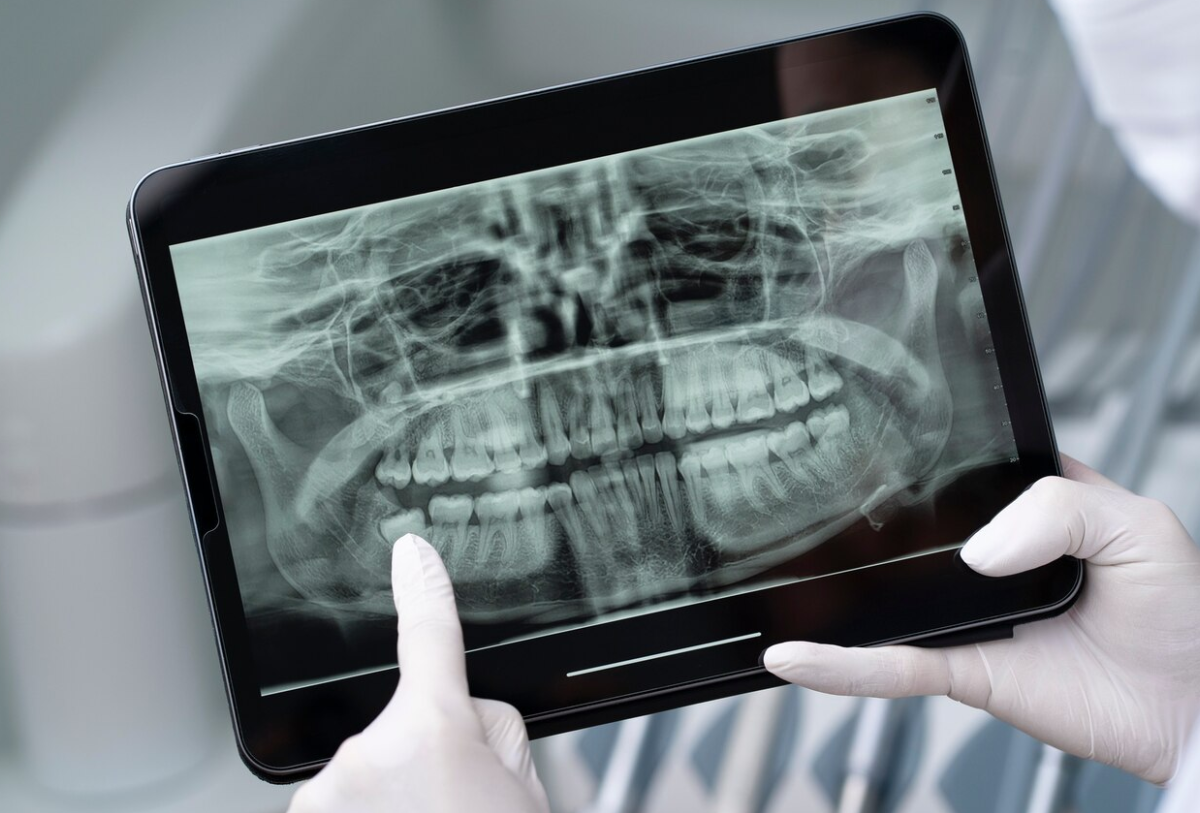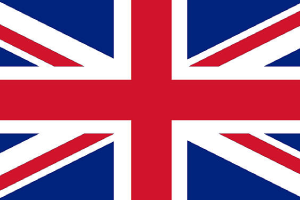
Dental diagnosis and radiology refers to an important field in dental practice used to make a definitive diagnosis and plan treatment.

Dental Diagnosis and Radiology:
Dental diagnostics and radiology refers to an important area in dental practice used to make precise diagnoses and plan treatment. In addition to traditional examination methods, dental radiography and other imaging techniques are used to examine tooth and jaw structures in detail and diagnose potential problems at an early stage. This ensures that patients are protected in a healthy oral environment and that problems are treated effectively.
Dental Imaging Methods:
- Panoramic Radiography: Panoramic radiography is a type of radiography that shows the structure of the mouth and jaw in a single large image. This imaging technique is used to evaluate many anatomical details such as the position of the teeth, jaw joints, sinus cavities and jaw bone. Panoramic radiographs play an important role in the assessment of general dental health and the identification of missing teeth.
- Dental Film (Periapical Radiography): Dental X-rays are used to examine the crown and root areas of the tooth in detail. These films, placed around each tooth, are used to detect problems such as tooth decay, Root Apex infections, cysts or other pathologies.
- Intraoral Imaging: Intraoral imaging is a technique that allows the dentist to closely examine details inside the mouth. These images show details such as tooth decay, calculus build-up, gum condition and fillings.
- Tomography (CBCT): Cone beam computed tomography (CBCT) provides dentists with the ability to obtain detailed three-dimensional images. CBCT is an important diagnostic tool for more complex procedures such as implant surgery, maxillofacial surgery and jaw joints.
- Dental Transportation (Telegraphic Radiography): Tooth handling is used to assess the relationship of the teeth to each other and the position of the teeth within the jawbone. This imaging technique is important for orthodontic treatment planning.
Dental Diagnosis and the Role of Radiology:
- Early Diagnosis: Dental radiology helps to detect problems with teeth and jaw structures at an early stage. This allows patients to be treated more effectively.
- Treatment Planning: Advanced imaging techniques provide dentists with more detail and information when planning treatment. This information is especially important for surgical interventions and implant treatments.
- Orthodontic Planning: Dental radiology plays an important role for orthodontic treatment planning. Tooth handling provides the information needed for the successful implementation of orthodontic treatment.
- Pathology Diagnostics: Radiographic images are used to diagnose oral pathologies such as gum disease, cysts, tumors and other pathological conditions.
- Implant Surgery: Dental radiology is used to assess jawbone quality and anatomical details of the teeth prior to implant surgery. This ensures that the implant is placed correctly.
- Safety of Dental Radiology: Dental radiologic imaging usually involves low doses of radiation, and modern digital radiography techniques provide lower doses of radiation than conventional radiographic techniques. In addition, radiation exposure to vulnerable groups such as pregnant women and children is minimized.
Dental diagnostics and radiology is an essential part of dentistry and plays an important role in maintaining and improving patients' oral health. The use of imaging techniques allows for more precise and effective treatment planning, resulting in better outcomes for patients.




